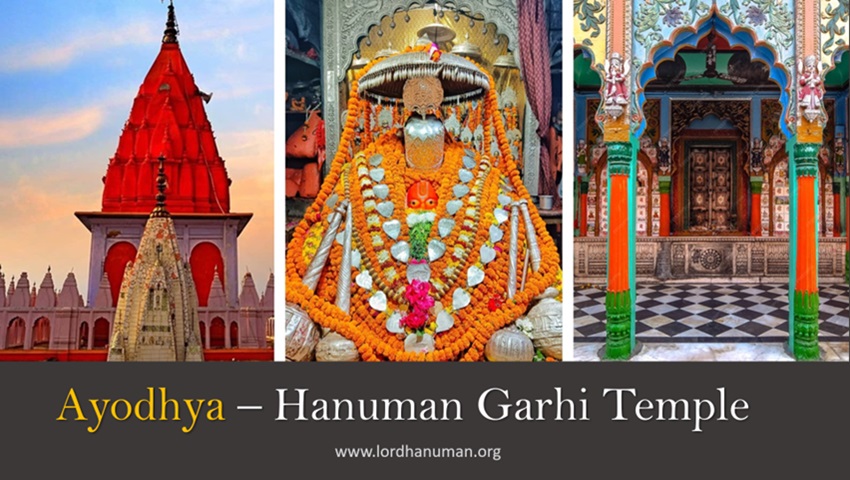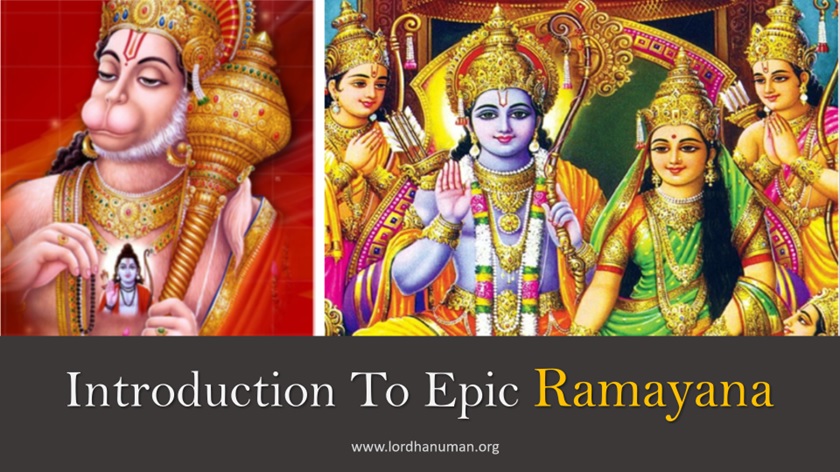
Hanuman Garhi Mandir Ayodhya
हनुमान गढ़ी मंदिर अयोध्या
Hanuman Garhi Mandir Ayodhya (हनुमान गढ़ी मंदिर अयोध्या) is the true Guardian of the Sacred City of Ayodhya, The Birth Place of Lord Rama.
Hanuman Garhi Mandir Ayodhya ( हनुमान गढ़ी मंदिर अयोध्या ) is the true guardian of the sacred city of Ayodhya, the Birth Place of Lord Rama.
Hanuman Garhi is a prominent temple dedicated to Lord Hanuman located in Ayodhya, Uttar Pradesh, India. It is one of the most visited and revered temples in Ayodhya and holds significant religious importance.
Hanuman Garhi temple is one of the most popular attractions of Ayodhya and houses a beautiful statue of Lord Hanuman sitting in the lap of his mother, Anjani. The much revered temple is visited by scores of devotees throughout the year. To reach the 10th century temple, visitors need to climb 76 steps.
Hanuman Idol
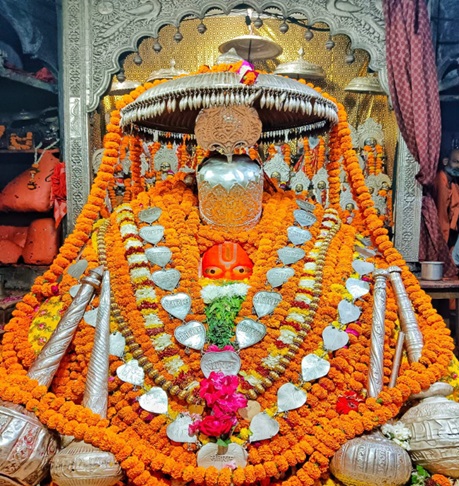
Hanuman Garhi Entrance

Nestled in the sacred city of Ayodhya, the Hanuman Garhi Mandir stands as a revered testament to devotion, history, and architectural splendor. Dedicated to Lord Hanuman, the embodiment of strength, devotion, and unwavering loyalty.
The origins of Hanumangarhi trace back to the 18th century when land was first allotted to Abhayaram Das during the governorship of Saadat Khan (1722–1739 CE). The subsequent rulers, including Safdarjung and Shuja-ud-daulah, supported the temple’s construction with additional revenue land grants.
Hanuman Garhi By Anupam Kher
Hanuman Garhi Temple has drawn countless pilgrims and visitors seeking solace and divine blessings. In this comprehensive exploration, we delve into the history, architectural marvels, and spiritual significance of this Hanuman Temple.
Hanuman is a universal god worshipped by people across continents to seek blessings, and Hanuman Garhi Temple is a very special sacred place amongst many Hanuman Temples. Hanuman Pooja offers immense benefits to people who visit Ayodhya to worship Lord Rama. It is a ritual in Ayodhya to first seek the blessings of Hanumanji and then proceed to Ayodhya Ram Mandir Darshan.
Hanuman Garhi Location
To reach Hanuman Garhi temple in Ayodhya, one can follow these directions: From Ayodhya Junction Railway Station, the temple is approximately 3 km away. Taxis, auto-rickshaws, and cycle rickshaws are readily available for the short journey. If arriving by air, the nearest airport is in Faizabad, around 6 km away.
Buses and private vehicles can be used for road travel. Once in Ayodhya, local transportation options make accessing Hanuman Garhi convenient. The temple is situated on a hill, providing a panoramic view of Ayodhya, and its prominent location makes it easily identifiable for visitors.
Guardian Of Ayodhya
Hanuman Supreme Devotee Of Lord Rama
It is a religious belief that when Lord Rama went to Golak through Guptar Ghat, Ram Lalla had handed over the responsibility of Ayodhya to Hanuman ji. The security of Ayodhya is in the hands of Hanuman ji.
The priests here do not mention it to anyone. Hanuman ji is worshiped in Hanumangarhi from 3:00 in the morning. The worship starts at 3:00 am. Eight priests start the secret worship of Lord Hanuman at 3:00 in the morning. The priests never mention the worship at that time outside the temple premises.
Hanuman Garhi is an integral part of the religious and cultural landscape of Ayodhya, attracting devotees and tourists alike. Pilgrims often include this temple in their itinerary while visiting Ayodhya to pay homage to Lord Hanuman and experience the spiritual ambiance of the place.

Lord Rama is considered the seventh incarnation (avatar) of Lord Vishnu. Lord Vishnu, one of the principal deities in Hinduism, incarnated on Earth to uphold righteousness (dharma) and establish moral and ethical values.
The life and teachings of Lord Rama are chronicled in the epic Hindu scripture, the “Ramayana,” which is attributed to the sage Valmiki. The epic narrates in detail complete Ramayana Story in seven kandas (chapters).
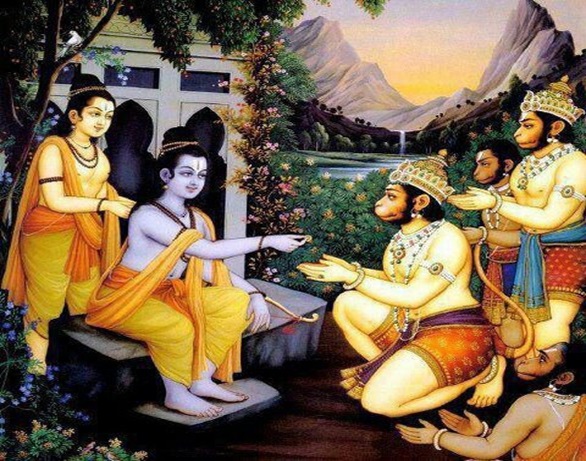
The Ayodhya Ram Mandir holds immense cultural and religious significance for Hindus and Sanatana Dharma, symbolizing the birthplace of Lord Rama. The construction of the temple in Ayodhya, after a prolonged legal and social debate, signifies a resolution to a longstanding issue. It represents a restoration of faith and identity for millions of believers, fostering national unity.
Ayodhya Ram Mandir

Hanuman Garhi, a prominent temple in Ayodhya, serves as the guardian and protector of the sacred city and the Ram Mandir. Perched atop a hillock, it is dedicated to Lord Hanuman, a revered deity in Hinduism. Devotees believe that Hanuman Garhi watches over Ayodhya, ensuring its spiritual sanctity and safeguarding the Ram Janmabhoomi.
It is ritual for the pilgrims to first visit the Hanuman temple to seek blessings and divine protection. As a symbol of unwavering devotion, Hanuman Garhi reinforces the spiritual aura of Ayodhya and the significance of the Ram Mandir, playing a pivotal role in the religious fabric of the region.
Hanuman Gurdian Of Ayodhya

History Of Hanuman Garhi Temple
The roots of Hanuman Garhi Mandir trace back to centuries-old legends and narratives entrenched in the spiritual landscape of Ayodhya. The temple is situated atop a mound, and its history is intertwined with the rich tapestry of Ayodhya’s cultural and religious heritage.
Ram , Sita , Lakshman Idols
Hanuman Garhi in Ayodhya houses enchanting idols of Lord Rama, Goddess Sita, and Lakshmana. The central sanctum, dedicated to Lord Hanuman, features a grand idol of Hanumanji in a sitting posture, capturing his divine devotion to Lord Rama.
Adjacent to Hanuman’s idol, exquisite statues of Lord Rama, Goddess Sita, and Lakshmana are present, symbolizing the sacred bond of the divine trio. Devotees visiting Hanuman Garhi are captivated by the divine aura emanating from these idols, reinforcing the significance of this temple as a revered pilgrimage site in Ayodhya, the birthplace of Lord Rama.

One of the prominent legends associated with Hanuman Garhi is linked to the medieval saint Baba Hathiram. According to local folklore, Baba Hathiram, a devoted disciple of Lord Hanuman, established a small shrine on the mound where the temple now stands. Over time, this modest structure evolved into the grand Hanuman Garhi Mandir we see today.

Hanuman Garhi Mandir stands as a living testament to the enduring power of devotion, the rich history of Ayodhya, and the inclusive cultural fabric that defines the city. As pilgrims ascend the stairs, both physically and spiritually, they partake in a journey that transcends time and connects them with the divine.
The temple’s architectural charm, mythological resonance, and spiritual ambiance make it a revered destination place where the earthly and the divine converge in a harmonious embrace.
Temples On The Ghats Of Ayodhya
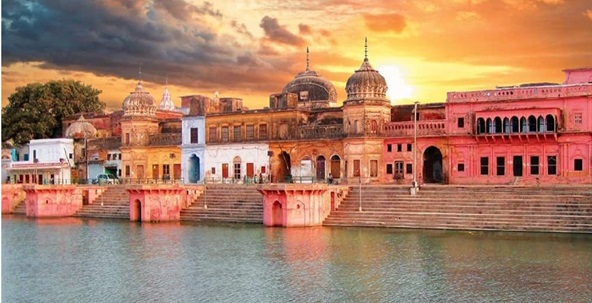
The temple gained prominence during the reign of Nawab Shuja-ud-Daula in the 18th century. Nawab Shuja-ud-Daula is said to have constructed the present temple as an offering and a gesture of respect to Lord Hanuman. The strategic location atop the mound not only enhances the temple’s spiritual ambiance but also provides a panoramic view of Ayodhya.
PM Narendra Modi At Hanuman Garhi
Hanuman Garhi Temple Architecture
Hanuman Garhi temple, located in Ayodhya, boasts a distinctive architectural style that reflects a blend of Hindu and Islamic influences. The temple is situated on a raised platform and accessed through a flight of steep stairs. Its architecture is characterized by a fortress-like appearance with massive stone walls and bastions, reminiscent of a fort.
The main sanctum, dedicated to Lord Hanuman, is a small square-shaped structure adorned with intricate carvings and sculptures. The temple’s facade showcases ornate designs, and the entrance gate is embellished with detailed artwork depicting mythological scenes. The use of vibrant colors adds to the visual appeal.


The unique feature of Hanuman Garhi is its four-sided clock tower, which stands tall within the complex. This tower, with its Islamic-style domes and minarets, reflects the historical influence of the region. The temple complex also includes smaller shrines dedicated to various deities.
The overall architecture of Hanuman Garhi temple is a testament to the cultural amalgamation that Ayodhya has witnessed over centuries, with architectural elements that resonate with both Hindu and Islamic styles, making it a fascinating and historically rich site for devotees and tourists alike.

- Mound Setting: The temple is perched atop a mound, and devotees ascend a series of stairs to reach the sanctum. This elevated position not only adds to the visual impact of the temple but also symbolizes the reverence and elevation of Lord Hanuman.
- Main Sanctum (Garbhagriha): The sanctum enshrines a deity of Lord Hanuman in a sitting posture. The idol, adorned with vibrant colors, is a focal point of devotion for pilgrims.
- Outer Structure: The outer structure of Hanuman Garhi Mandir showcases intricate carvings and artwork. The architecture seamlessly incorporates elements of both Hindu and Islamic styles, reflecting the cultural amalgamation prevalent in Ayodhya.
- Multiple Gateways: The temple complex features multiple gateways, each adorned with ornate carvings and religious motifs. These gateways serve as symbolic thresholds for devotees entering the sacred precincts.
- Courtyard and Peripheral Shrines: The temple courtyard is spacious, allowing devotees to circumambulate and engage in rituals. Peripheral shrines dedicated to other deities, including Lord Rama and Goddess Sita, further enrich the religious experience.
- Central Dome and Minarets: The central dome, reminiscent of traditional Hindu temple architecture, is complemented by minarets, evoking elements of Islamic design. This harmonious fusion symbolizes the inclusive spirit of Ayodhya.
Hanuman Garhi Significance
Hanuman Garhi Mandir stands as a living testament to the enduring power of devotion, the rich history of Ayodhya, and the inclusive cultural fabric that defines the city. As pilgrims ascend the stairs, both physically and spiritually, they partake in a journey that transcends time and connects them with the divine.
The temple’s architectural charm, mythological resonance, and spiritual ambiance make it a revered destination—a place where the earthly and the divine converge in a harmonious embrace.

Hanuman Garhi Mandir holds profound spiritual significance, drawing devotees from across the country. The temple is not merely a physical structure but a sacred space where faith, devotion, and history converge.

- Devotion to Lord Hanuman: The primary focus of the temple is the veneration of Lord Hanuman. Devotees flock to Hanuman Garhi to seek the blessings of the deity, known for his strength, courage, and unwavering devotion to Lord Rama.
- Mythological Connection: The temple’s association with the epic Ramayana, where Hanuman played a pivotal role in the search for Sita and the battle against Ravana, adds to its mythological significance.
- Elevated Spiritual Experience: The temple’s elevated location creates a serene and spiritually charged atmosphere. Pilgrims ascend the stairs with reverence, symbolizing the ascent towards spiritual enlightenment.
- Pilgrimage Destination: Hanuman Garhi Mandir is an integral part of the pilgrimage circuit in Ayodhya. Devotees include it in their itinerary while visiting other sacred sites in the city, creating a holistic pilgrimage experience.
- Festivals and Celebrations: The temple comes alive during festivals, especially Hanuman Jayanti, when grand celebrations take place. The atmosphere resonates with devotional fervor, chanting of hymns, and elaborate rituals.
- Role in Ayodhya’s Spiritual Landscape: Ayodhya, known as the birthplace of Lord Rama, holds immense spiritual significance in Hinduism. Hanuman Garhi Mandir, with its association with Lord Hanuman, contributes to the city’s spiritual vibrancy.
Story About Hanuman Garhi , Ayodhya
Hanuman Garhi, located in Ayodhya, holds a significant story related to Lord Hanuman. According to popular belief, it is said that this location served as a residence for Lord Hanuman during the Treta Yuga. Devotees believe that Hanuman chose this elevated spot to keep a vigilant watch over the city of Ayodhya, awaiting the return of Lord Rama, Goddess Sita, and Lakshmana from their exile.
Legend has it that Lord Hanuman, the ardent devotee of Lord Rama, wanted to ensure he was the first to catch a glimpse of Rama, Sita, and Lakshmana upon their return from exile. To achieve this, Hanuman selected the elevated location of Hanuman Garhi, perched on a hillock overlooking Ayodhya. From this vantage point, he could have a clear and uninterrupted view of the city.
हनुमान गढ़ी , अयोध्या मंदिर की कहानी
Hanuman’s vigil and devotion became symbolic of unwavering loyalty and selfless service. The temple at Hanuman Garhi was subsequently built to commemorate this sacred spot, becoming a focal point for devotees who seek the blessings of Lord Hanuman and experience the divine connection to the events of the Treta Yuga.
Pilgrims and visitors come to Hanuman Garhi to pay homage to Lord Hanuman and relive the spiritual significance of his watchful anticipation for the return of Lord Rama to Ayodhya. The temple stands not just as a place of worship but as a testament to Hanuman’s devotion and his eternal connection with the divine narrative of Ayodhya.

Devotees visit Hanuman Garhi to seek the blessings of Lord Hanuman and experience the divine connection to the Treta Yuga events. The temple’s strategic location and the associated Hanuman story make it a sacred destination, attracting pilgrims and tourists alike to witness the spiritual significance of this revered site in Ayodhya.

